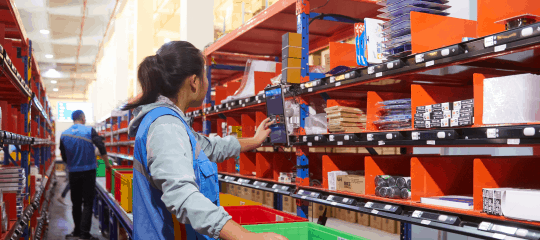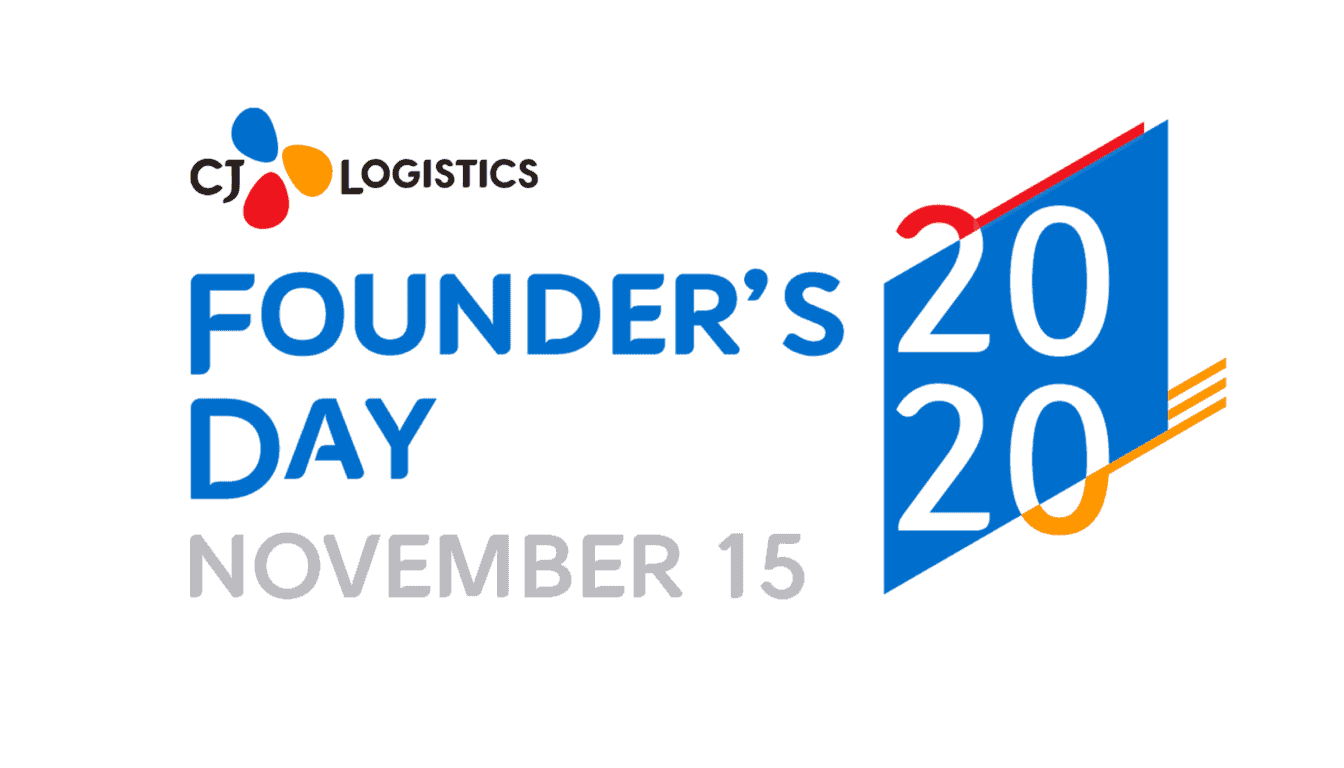The COVID-19 pandemic has disrupted global supply chains, forever changing many of them by introducing new consumer trends and showing outdated processes, as Jean-Pierre Krause, Global Head of Risk Engineering, Zurich Insurance Group, points out in an article for the World Economic Forum.
Observing that as risk managers assess supply chain resilience and adapt strategies for the future, the pandemic-caused disruption may have created opportunities for managing supply chains in new ways, Krause said, “There will be urgent pressure to redesign supply chains to be smarter, stronger and more diverse, as they are optimized for cost, service and resilience – that’s a huge task.”
According to Ernst & Young LLP (EY US), “severe disruption through the pandemic is driving enterprises to make their supply chains more resilient, collaborative and networked.“ At the end of last year, EY surveyed senior-level supply chain executives asking, among other things, about priorities for the next three years. Survey results indicate that big changes are ahead for supply chains with priorities being greater visibility, efficiency and resilience. EY says “the supply chain of the future will need to be agile, flexible, efficient, resilient and digitally networked for improved visibility.” Also, in the EY survey, 60% of executives say the pandemic has increased their supply chain’s strategic importance.
The key to the success of the supply chain in a post-pandemic world is seen by many to be building supply chain visibility and resilience. Susan Lund and Ed Barriball, two partners at McKinsey & Company who have studied the risks and resilience in the global supply chain, urge companies to focus on the vulnerabilities in their supply chain and take action to control them. “By building visibility, companies can first of all build resilience,” Lund said.
With the increasing complexity of supply chain networks and emphasis on the need to make supply chains more resilient, flexible and efficient, companies can find value in partnering with an integrated supply chain strategic provider. As supply chains are evolving into complex networks, the relationship between customer and 3PL is moving closer to strategic and further away from transactional.
How we can help
CJ Logistics combines innovation with integrated logistics solutions to help our customers optimize the potential of end-to-end supply chain performance. As a lead logistics partner (LLP), third-party logistics provider (3PL) and supply chain consultant, CJ Logistics America helps customers leverage supply chain management as a competitive advantage, reducing total system costs, transforming business processes, improving service and facilitating growth and change. Our global warehouse and transportation network creates access to resources and capacity when needs arise. Integrated processes and technology provide insights and timely and accurate information.
Visibility is an important advantage when working with an integrated provider. Taking all of the disparate data from multiple systems that exist for a customer’s supply chain, CJ Logistics helps simplify the complex by visualizing data and identifying patterns and trends, providing customers visibility to supply chain data to help them improve, optimize and make decisions. Data is transformed into information that delivers intelligence and value to customers. We monitor the business environment and leverage industry knowledge, consultative research, business intelligence and analytics to translate the patterns and possibilities, helping customers assess and predict, enabling them to identify trends and exceptions, explore scenarios, identify opportunities for continuous improvement and mitigate risk.
By forming a strategic partnership with an integrated supply chain solutions provider like CJ Logistics America, companies can take a major step in mitigating business risks and building a competitive supply chain.
Request more information:



